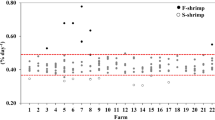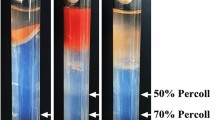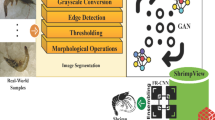Abstract
IT is widely believed that there are no semi-terrestrial or terrestrial species of shrimps and prawns (order Decapoda: suborder Natantia)1, but I now report that the shrimp, Merguia rhizophorae (Rathbun, 1900) (family Hippolytidae), is semi-terrestrial. It seems to have evolved behavioural adaptations which have allowed invasion of the terrestrial environment.
This is a preview of subscription content, access via your institution
Access options
Subscribe to this journal
Receive 51 print issues and online access
$199.00 per year
only $3.90 per issue
Buy this article
- Purchase on SpringerLink
- Instant access to full article PDF
Prices may be subject to local taxes which are calculated during checkout
Similar content being viewed by others
References
Bliss, D. E., Amer. Zool., 8, 355 (1968).
Rathbun, M. J., Proc. Wash. Acad. Sci., 2, 133 (1900).
Holthuis, L. B., Zool. Verhandel., 44, 104 (1959).
Dobkin, S., Crustaceana, Suppl., 2, 1 (1968).
Author information
Authors and Affiliations
Rights and permissions
About this article
Cite this article
ABELE, L. Semi-terrestrial Shrimp (Merguia rhizophorae). Nature 226, 661–662 (1970). https://doi.org/10.1038/226661a0
Received:
Issue date:
DOI: https://doi.org/10.1038/226661a0
This article is cited by
-
The oldest freshwater crabs: claws on dinosaur bones
Scientific Reports (2019)
-
Comparative species composition and relative abundance of decapod crustaceans in marine habitats of Panam�
Marine Biology (1976)



